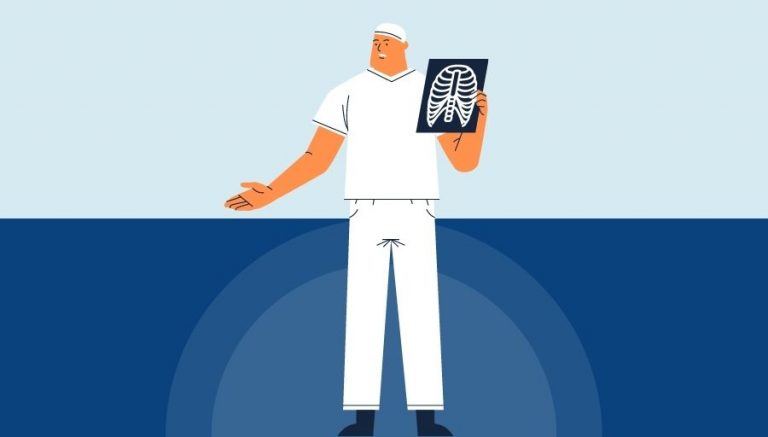ICD 10 CM S52.265M | Description & Clinical Information
ICD 10 S52.265M describes a specific type of injury to the left ulna bone, known as a double fracture or nondisplaced segmental fracture, which involves a complete break in two parts of the central portion of the bone with several large fragments, but without any misalignment of the fracture fragments, and is typically caused by trauma from a forceful blow to the bone, a fall on an extended arm, sports activities, or a motor vehicle accident, and is classified as either type I or type II based on the Gustilo classification for open long bone fractures, and this code is used for subsequent encounters for an open fracture that is exposed through a tear or laceration of the skin caused by the nondisplaced fracture or an external injury that fails to unite.
Official Description Of S52.265M
The ICD 10 CM book defines ICD 10 code S52.265M as:
Excludes1: traumatic amputation of forearm (S58.-)
Excludes2: fracture at wrist and hand level (S62.-)
Clinical Information
The diagnosis describes by ICD 10 CM S52.265M refers to a specific type of fracture in the left ulna, which is a long bone in the forearm that extends from the elbow to the wrist. This particular type of fracture is called a nondisplaced segmental fracture of the shaft. It is a serious condition that can cause severe pain, swelling, and tenderness around the affected area, as well as bruising, deformity, and difficulty moving the elbow, forearm, and hand.
Medical providers diagnose this condition by first taking a detailed medical history and physical examination of the patient. The provider will also use imaging techniques such as X-rays, magnetic resonance imaging (MRI), computed tomography (CT), or a bone scan to assess the severity of the injury. In some cases, the provider may also order other laboratory, electrodiagnostic, and imaging studies if they suspect nerve or blood vessel injuries.
Treatment for this type of fracture depends on the severity of the injury. Stable and closed fractures that are not displaced may only require immobilization with a splint, cast, or other external fixation to restrict movement and promote healing. Pain can be managed with analgesics and nonsteroidal anti-inflammatory drugs (NSAIDs).
However, for unstable fractures, surgical intervention is necessary to realign the bones and allow healing to occur. This may involve the use of plating or intramedullary nailing. Open fractures, which occur when the bone pierces through the skin, require immediate surgery to clean the wound and prevent infection.
In addition to medical intervention, patients with a nondisplaced segmental fracture of the shaft of the left ulna may benefit from physical therapy to help with the range of motion, flexibility, and muscle strength of the affected arm. Physical therapy can also prevent stiffness and treat any secondary injuries caused by the fracture.
Furthermore, patients are encouraged to take calcium and vitamin D supplements to improve their bone strength and promote healing. An ice pack can help reduce swelling and pain in the affected area.
In conclusion, a nondisplaced segmental fracture of the shaft of the left ulna can be a painful and debilitating injury. Early diagnosis and appropriate medical intervention, along with physical therapy and proper nutrition, can help patients recover from this condition and regain full use of their affected arm. It is important for medical coders to accurately document this diagnosis code to ensure proper reimbursement from insurance providers.



